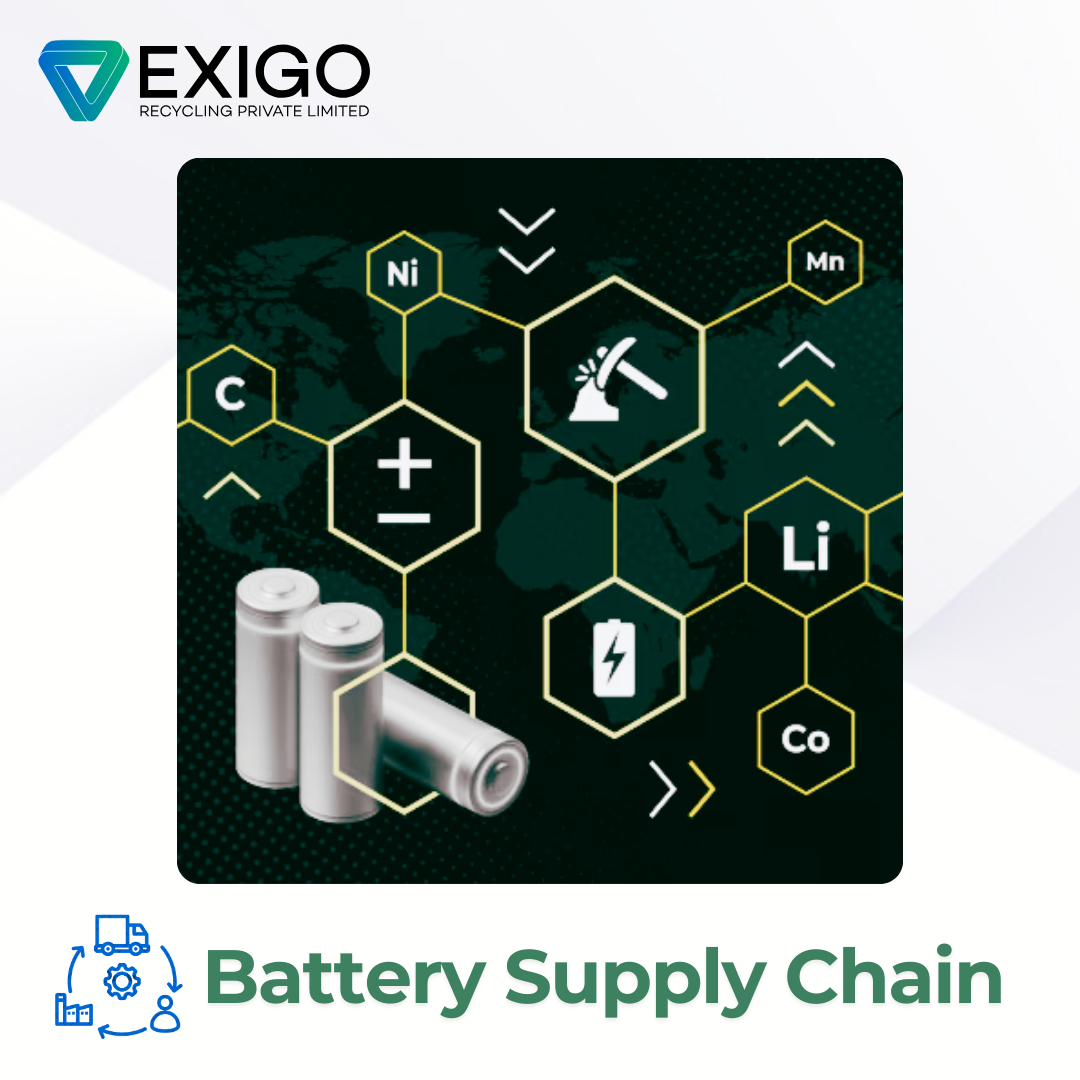Our economy has long relied on the linear “take-make-dispose” style of manufacturing, which has resulted in a mountain of garbage and a world that is filling up quickly. The circular economy, however, is a new paradigm that is taking shape. By extending the lifespan of materials and goods, this novel approach seeks to disentangle economic growth from the consumption of limited resources.
Being environmentally conscious isn’t the only reason to use the circular economy. Eventually, the goal is to identify important commercial prospects. Businesses that close the supply market loop can:
- Cut expenses: Purchasing secondary raw materials, such as recovered metals, recycled plastics, and reconditioned parts, can drastically cut input costs as compared to virgin resources.
- Increase resource security: Using domestic secondary material streams can help reduce reliance on unstable international supply networks and finite natural resources.
- Take advantage of the growing demand from consumers for ecologically friendly and sustainable goods and services. Businesses that exhibit a dedication to circularity stand out from the competition and foster a devoted following.
- Encourage the creation of new business models, technology, and products that are intended for recycling, reuse, and repair in order to stimulate innovation.
Tracking and Recovering Value from Waste
Businesses must set up and keep an eye on key performance indicators (KPIs) in order to efficiently assess progress and show the benefits of circular economy projects. These performance indicators can be used to measure circularity rates and pinpoint areas in need of development.
Environmental effect, waste reduction, product life extension, and material use efficiency are a few pertinent KPIs. Leading solution providers, such as Exigo, can help businesses find and monitor pertinent KPIs, offering insightful data to guide decisions and show progress towards circularity objectives.
The battery industry makes a strong case for the ideas of the circular economy. The need for sustainable battery management is growing along with the demand for renewable energy storage technologies and electric automobiles.
The Challenge
Lithium-ion batteries contain valuable metals like lithium, cobalt, and nickel, which are critical for the energy transition but can be difficult and costly to mine. Moreover, the disposal of end-of-life batteries poses environmental and human health risks if not managed properly.
The Solution
For batteries to have a strong circular economy, a multifaceted strategy is required. Manufacturers are held accountable for the end-of-life handling of their items under EPR programs. This usually encourages them to invest in recycling infrastructure and design for recyclability.
Creating cutting-edge recycling techniques like pyrometallurgy and hydrometallurgy can efficiently recover valuable materials from wasted batteries with little harm to the environment. Another effective way to address this issue is to establish closed-loop supply chains. By reusing recovered materials in the production of new batteries, a value chain that is really circular can be established.
Businesses that help businesses adopt the circular economy include Exigo. By offering creative ways to recover important secondary raw materials from a variety of industries, including batteries, this is accomplished.
Beyond the Surface: The Importance of Collaboration and Systemic Change
Companies can make significant progress towards circularity, but systemic change requires collaboration from all value chain participants. Governments, businesses, and consumers must work together to effect this change. Additionally, the circular economy is a dynamic subject with continuous advancements in technology and commercial tactics.
Blockchain technology, machine learning and artificial intelligence (AI), additive manufacturing and 3D printing, industrial symbiosis, and platform-based business models are a few of the major new trends and technologies. Businesses may put themselves at the forefront of the circular economy by keeping up with these new trends and technology.
This way, they can effectively capitalize on the opportunities presented by this innovative model. Some more initiatives include:
Developing clear and ambitious policy frameworks
Through measures like carbon pricing, recycling technology subsidies, and laws that encourage circular business models, governments can help. They can even significantly contribute to the development of the circumstances necessary for a circular economy.
Investing in research and development
Continued innovation in materials science, recycling technologies, and product design is crucial. Only if these foundational stones are in place can companies work to use the full potential of the circular economy.
Building consumer awareness and engagement
Educating consumers about the environmental and economic benefits of choosing circular products and services is essential. In our modern world, only then can companies work more to drive demand.
Conclusion
Businesses have a rare opportunity to prosper while reducing their environmental footprint thanks to the circular economy. Founders can gain substantial economic and competitive advantages in addition to improving the sustainability of their business by implementing circular ideas.
As Exigo demonstrates, by focusing on recovering valuable secondary raw materials and developing innovative solutions, companies can play a vital role in closing the loop in the supply market and building a more sustainable future.
